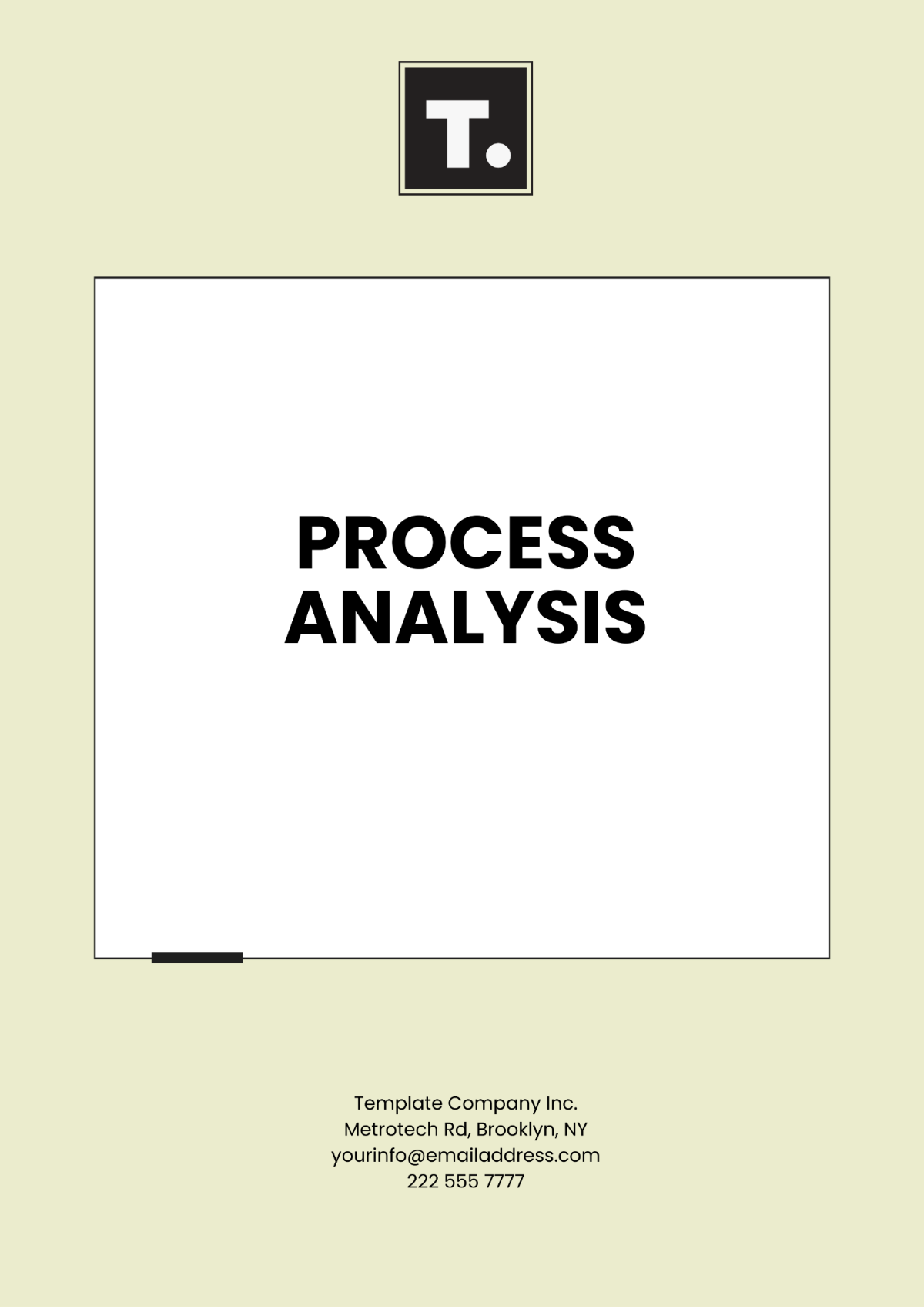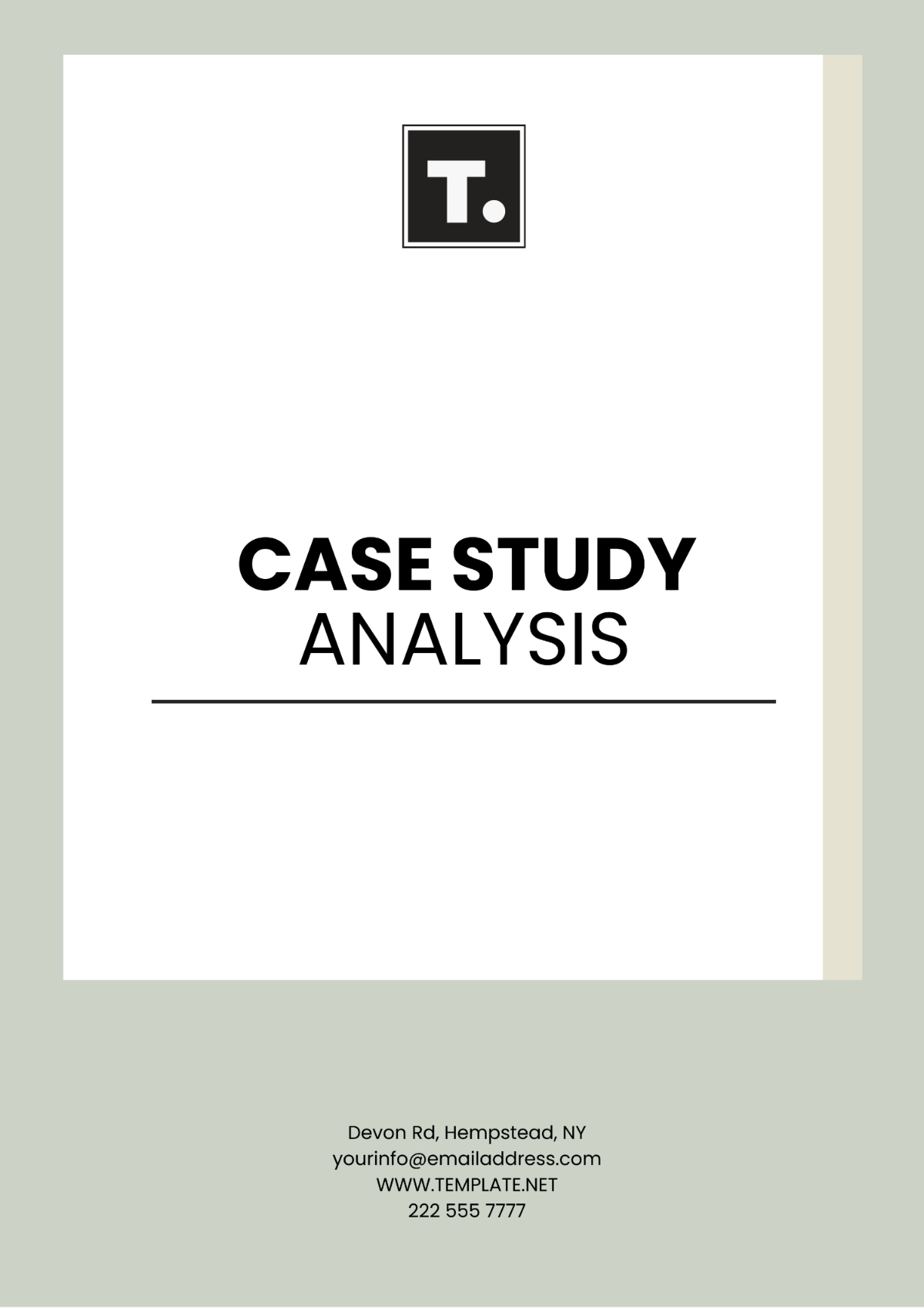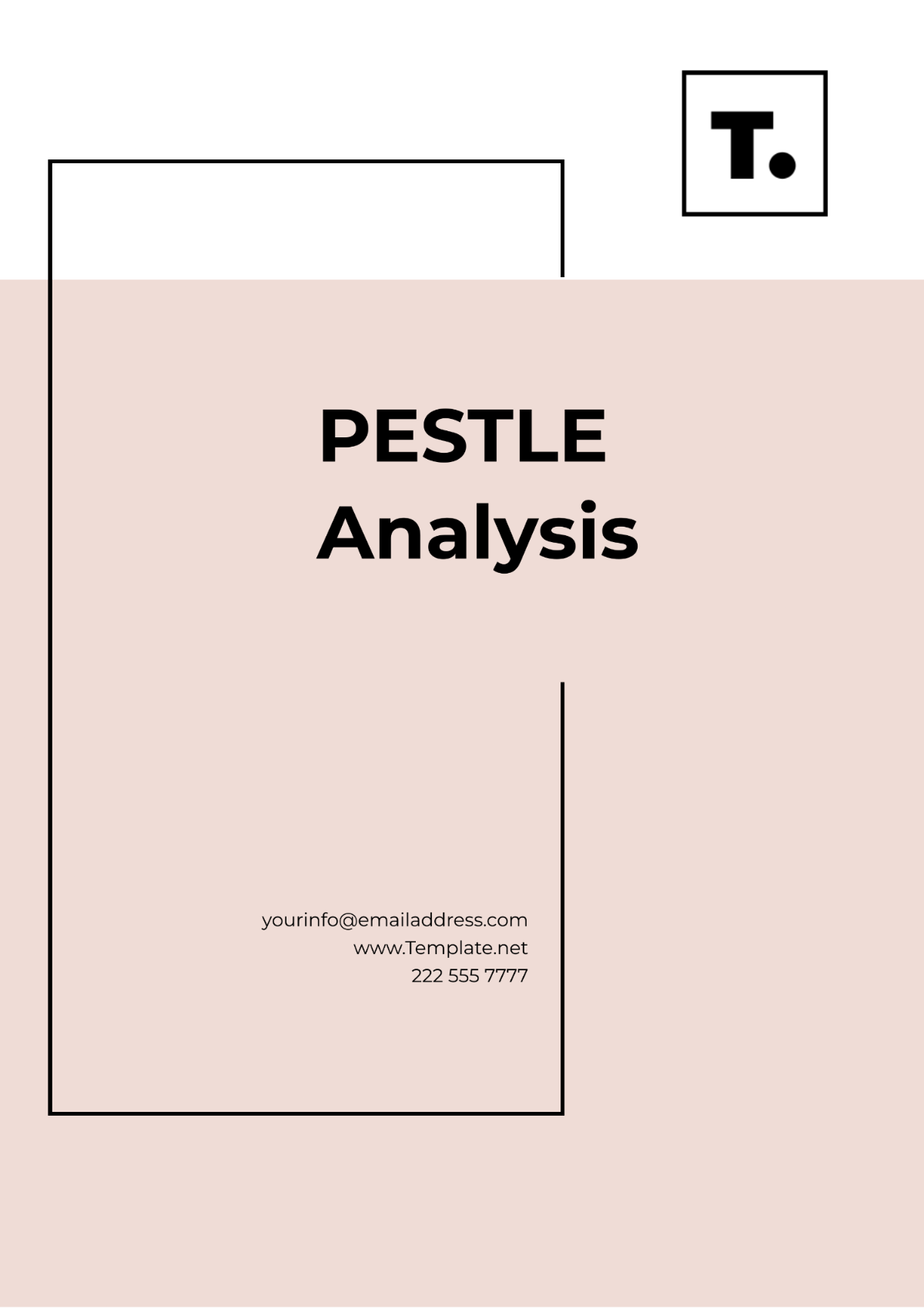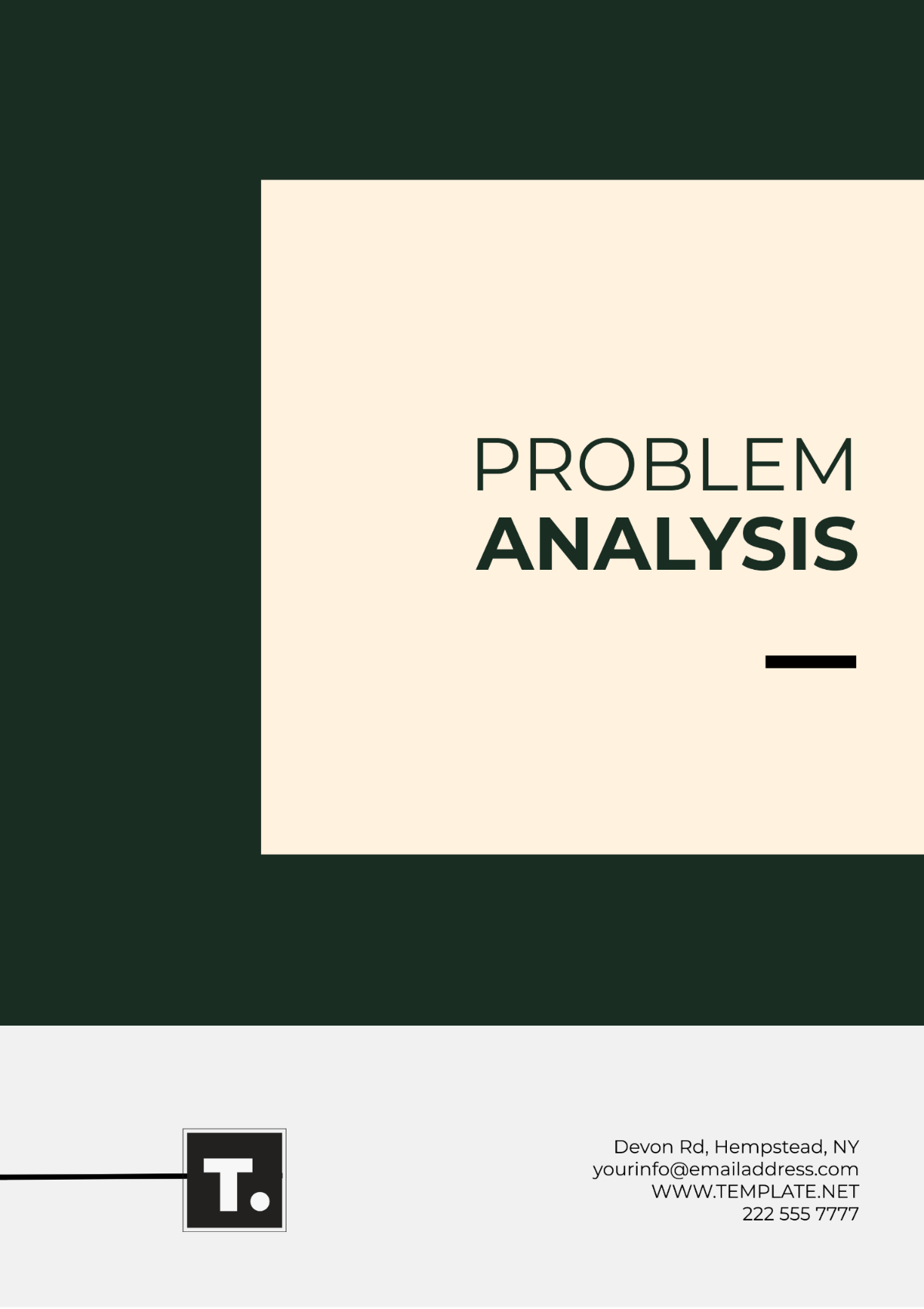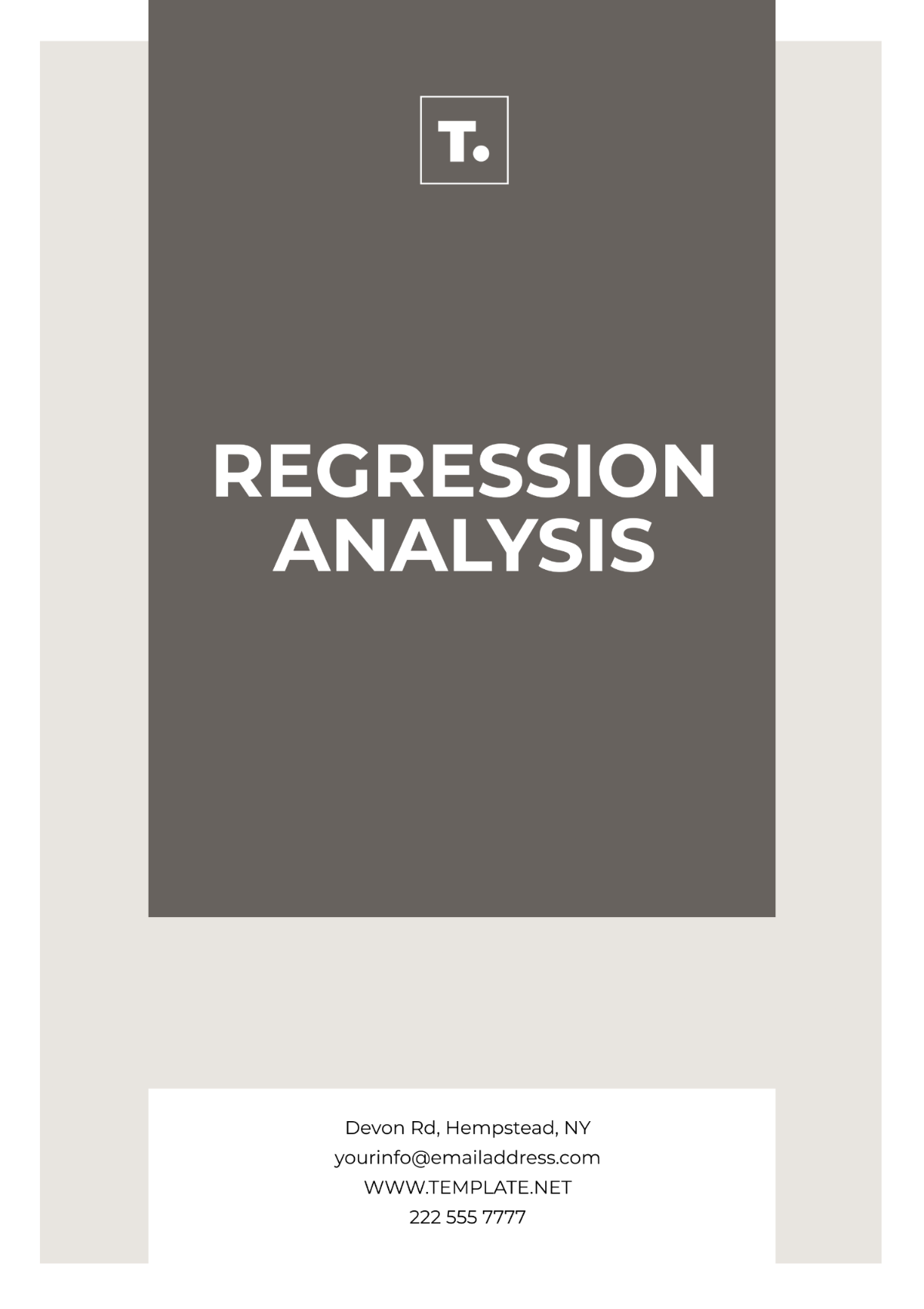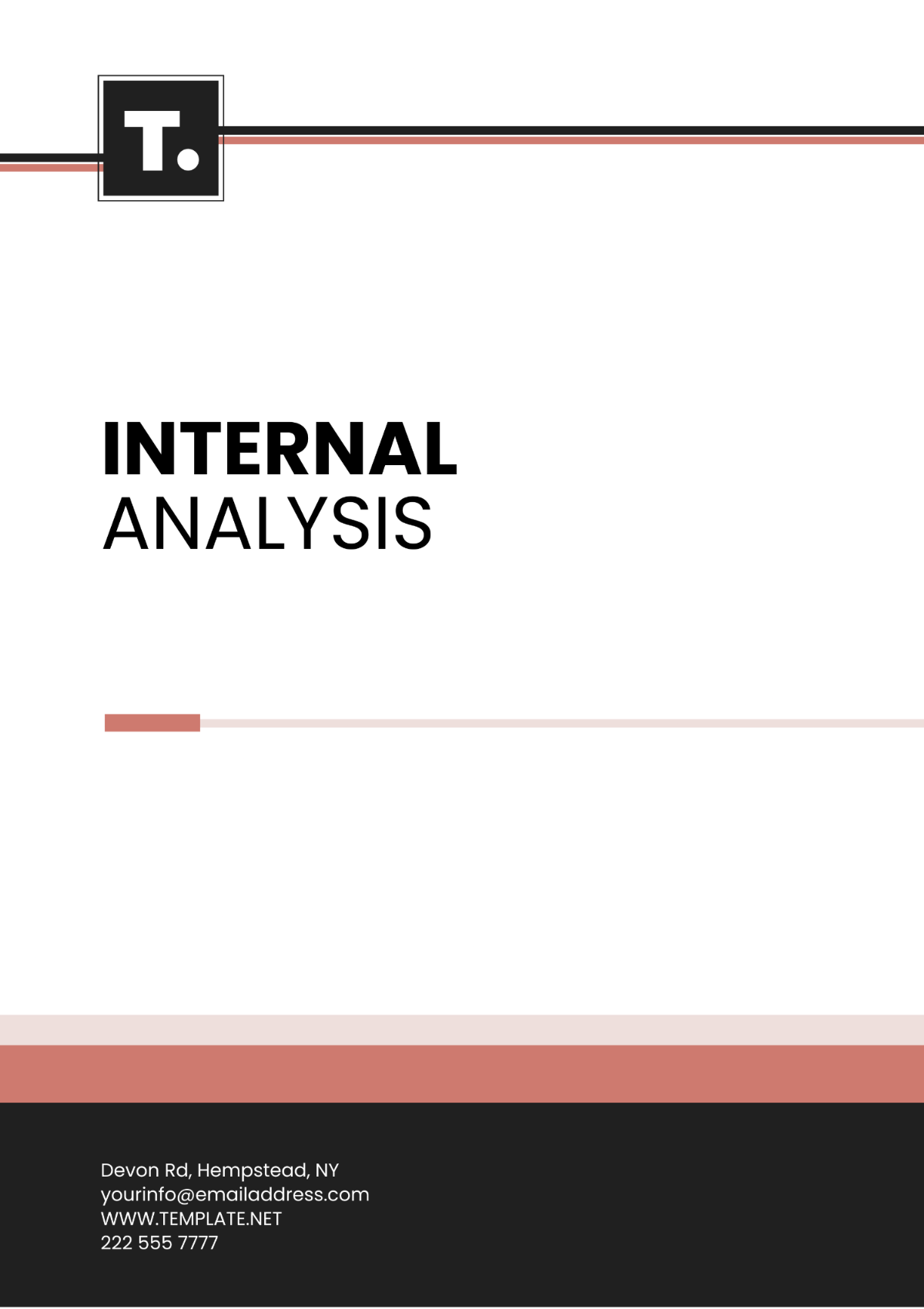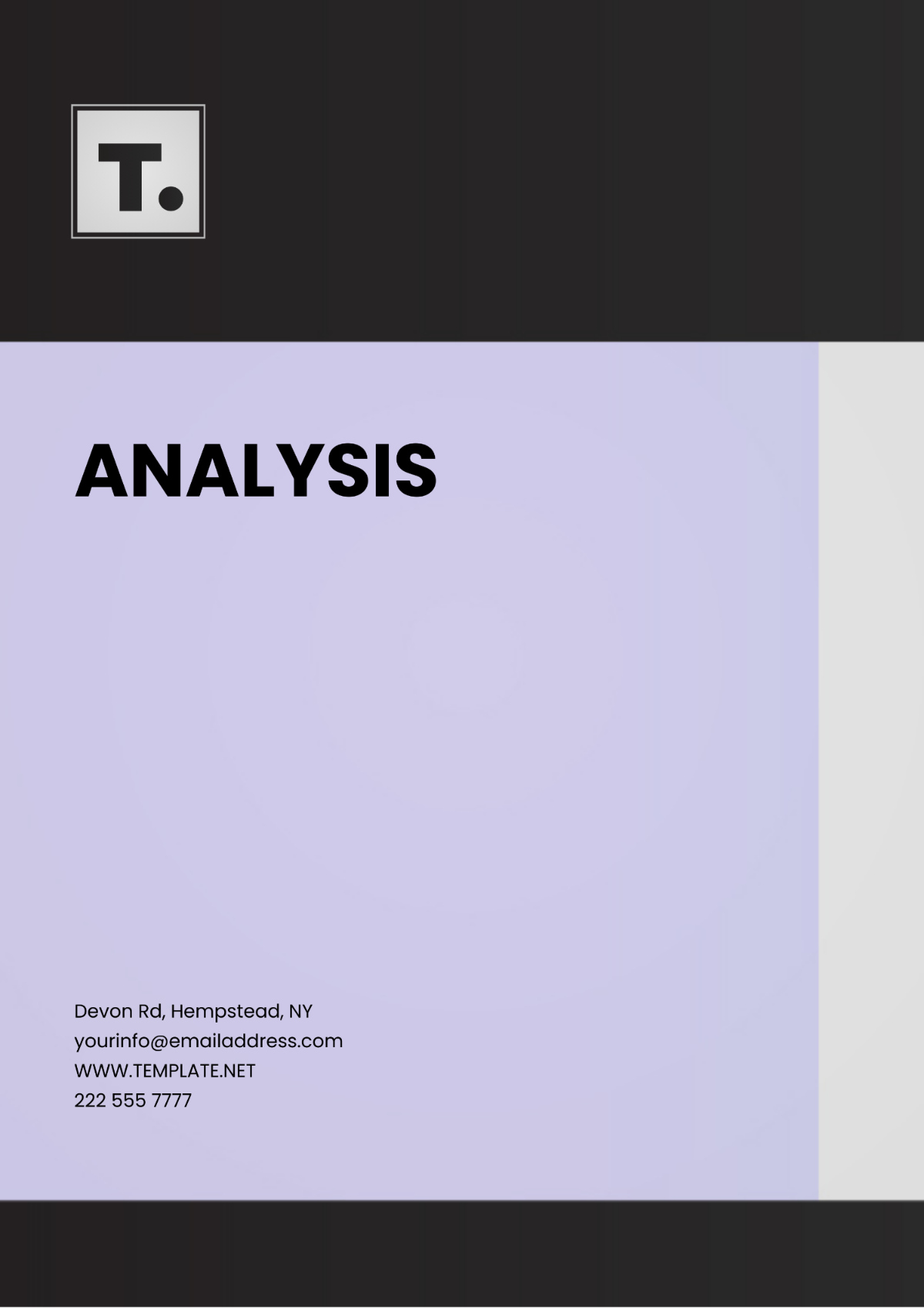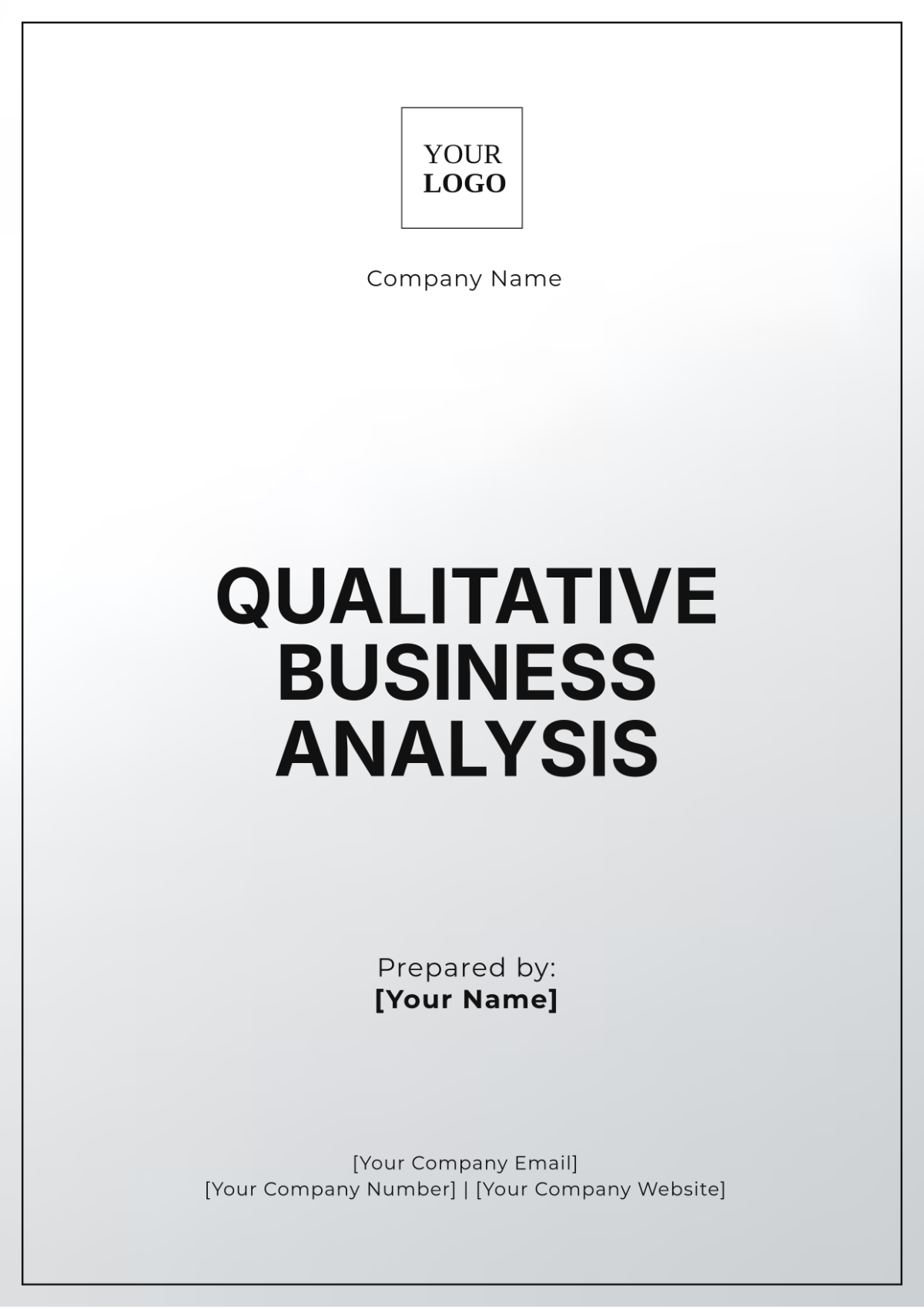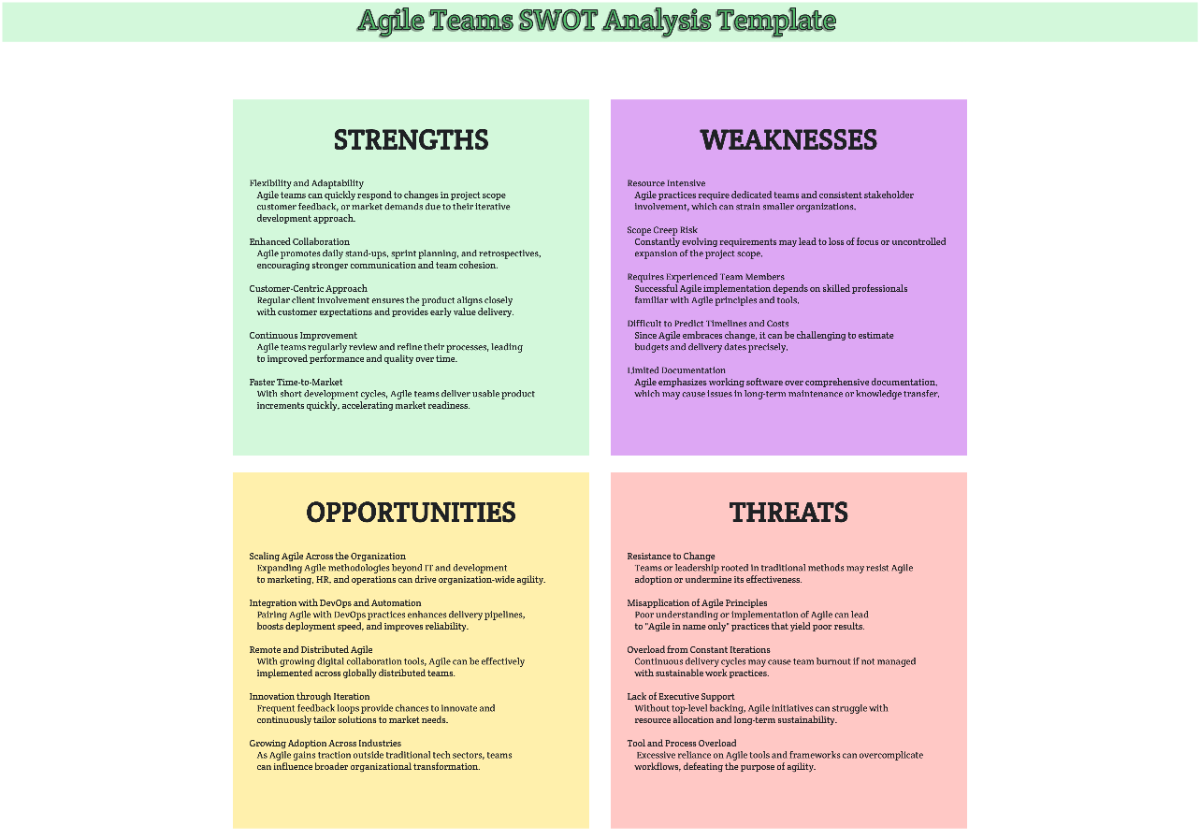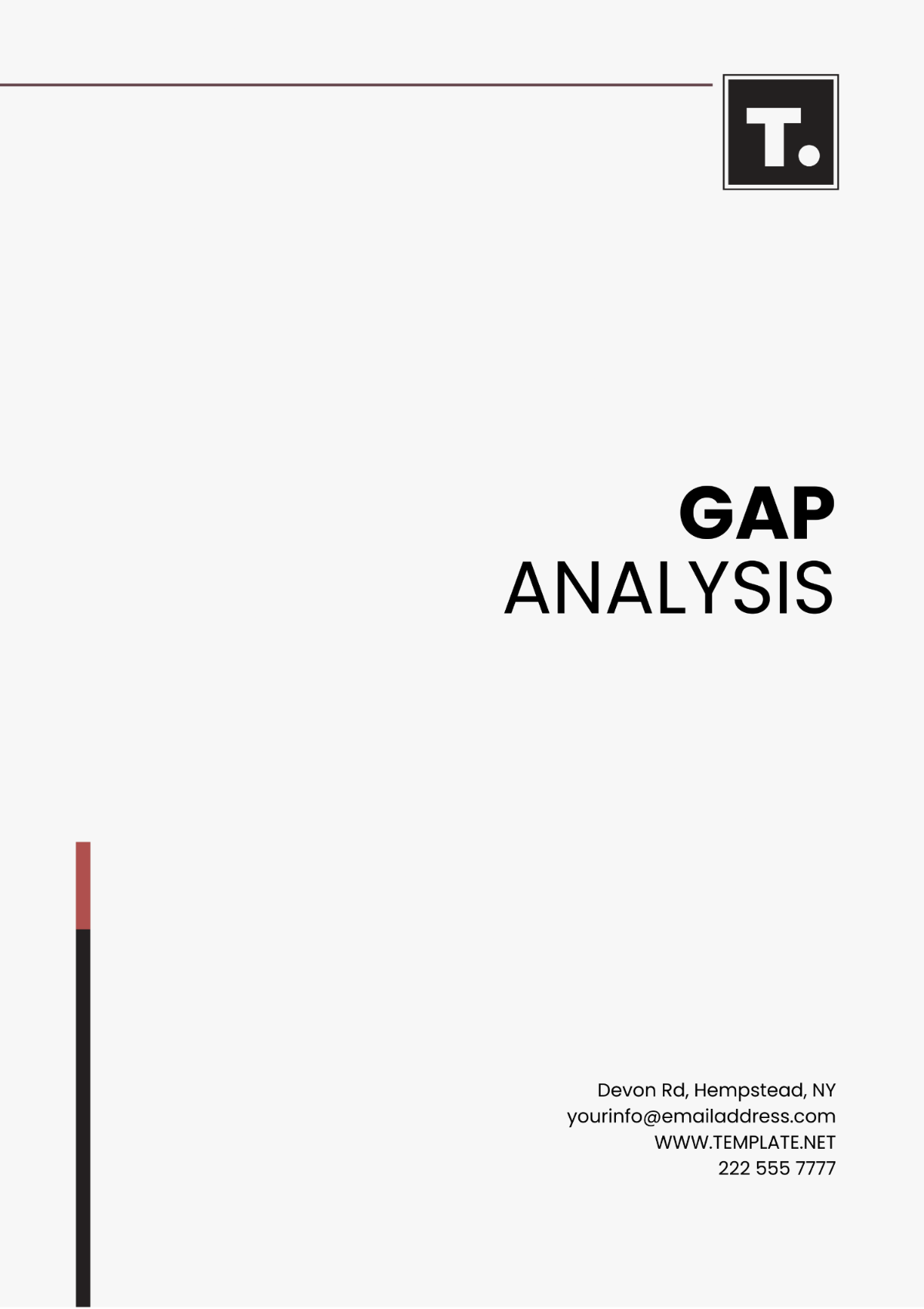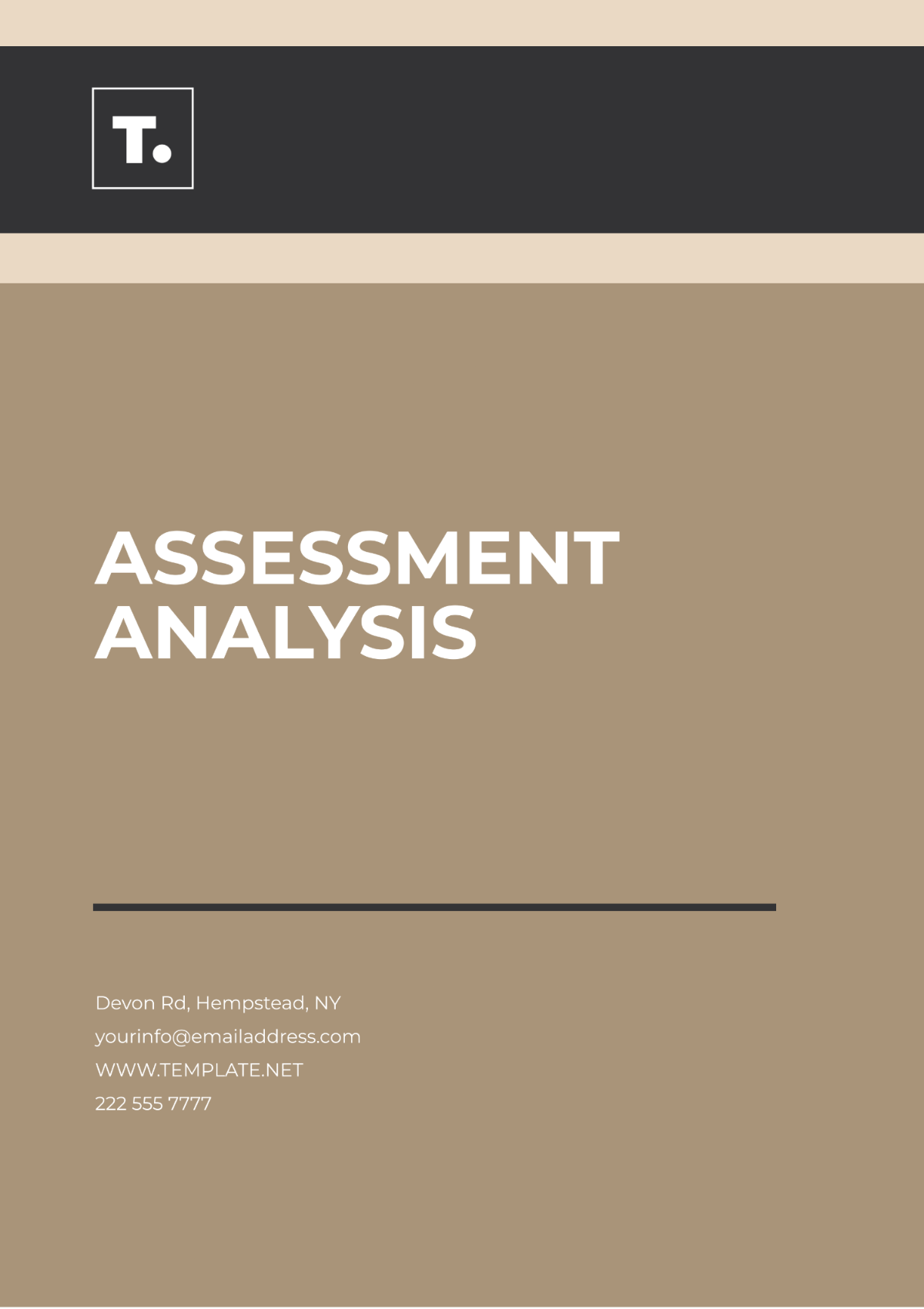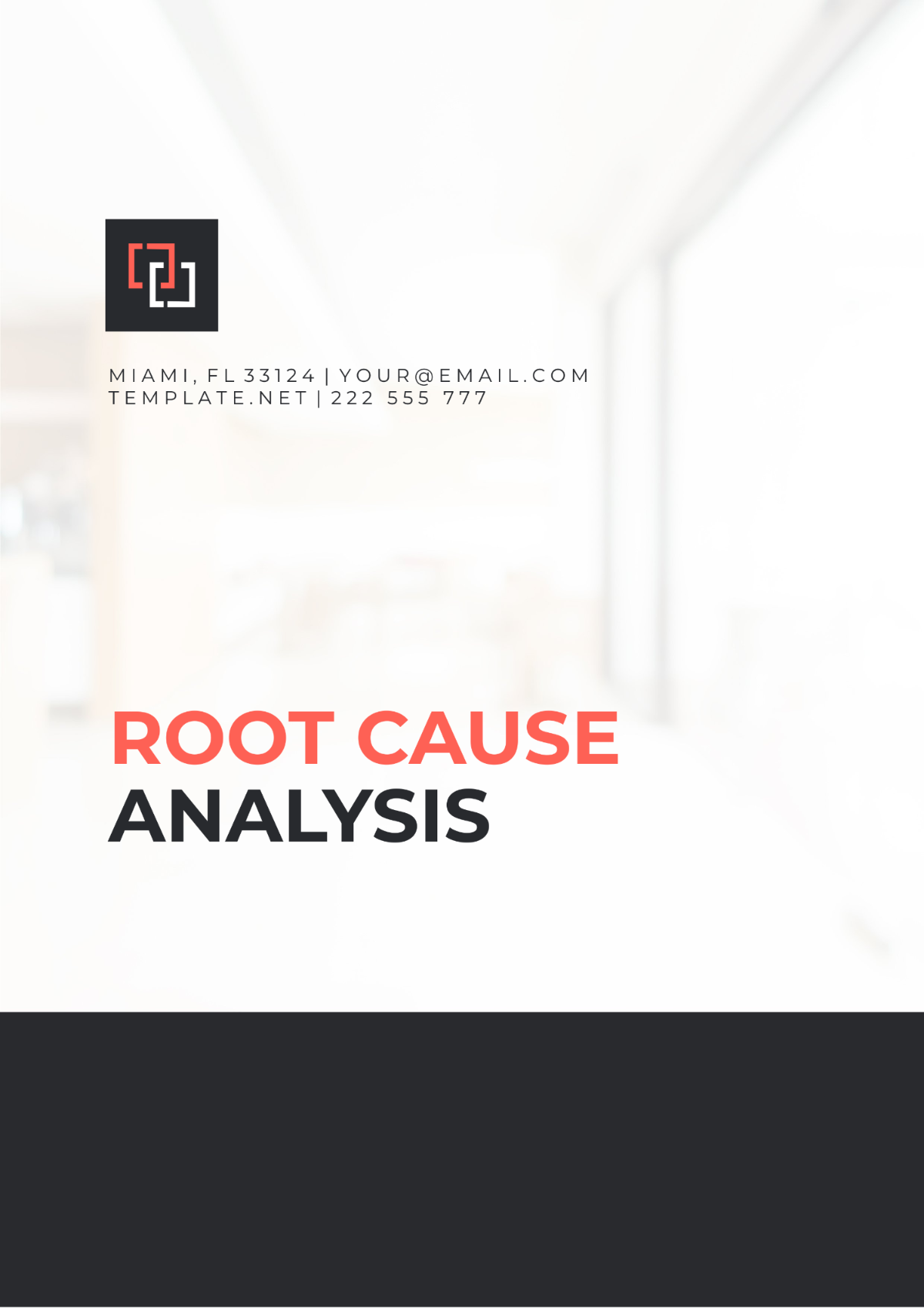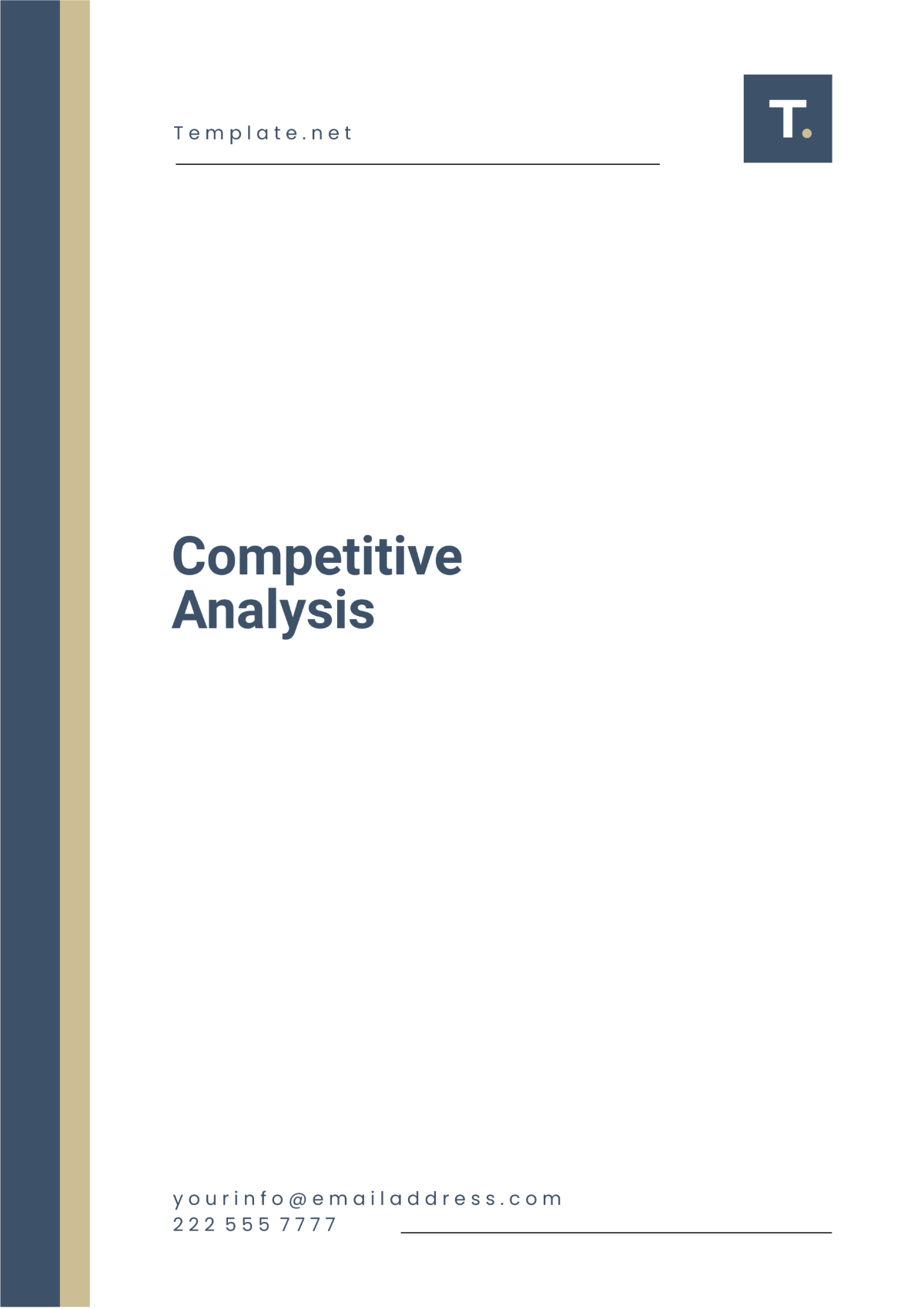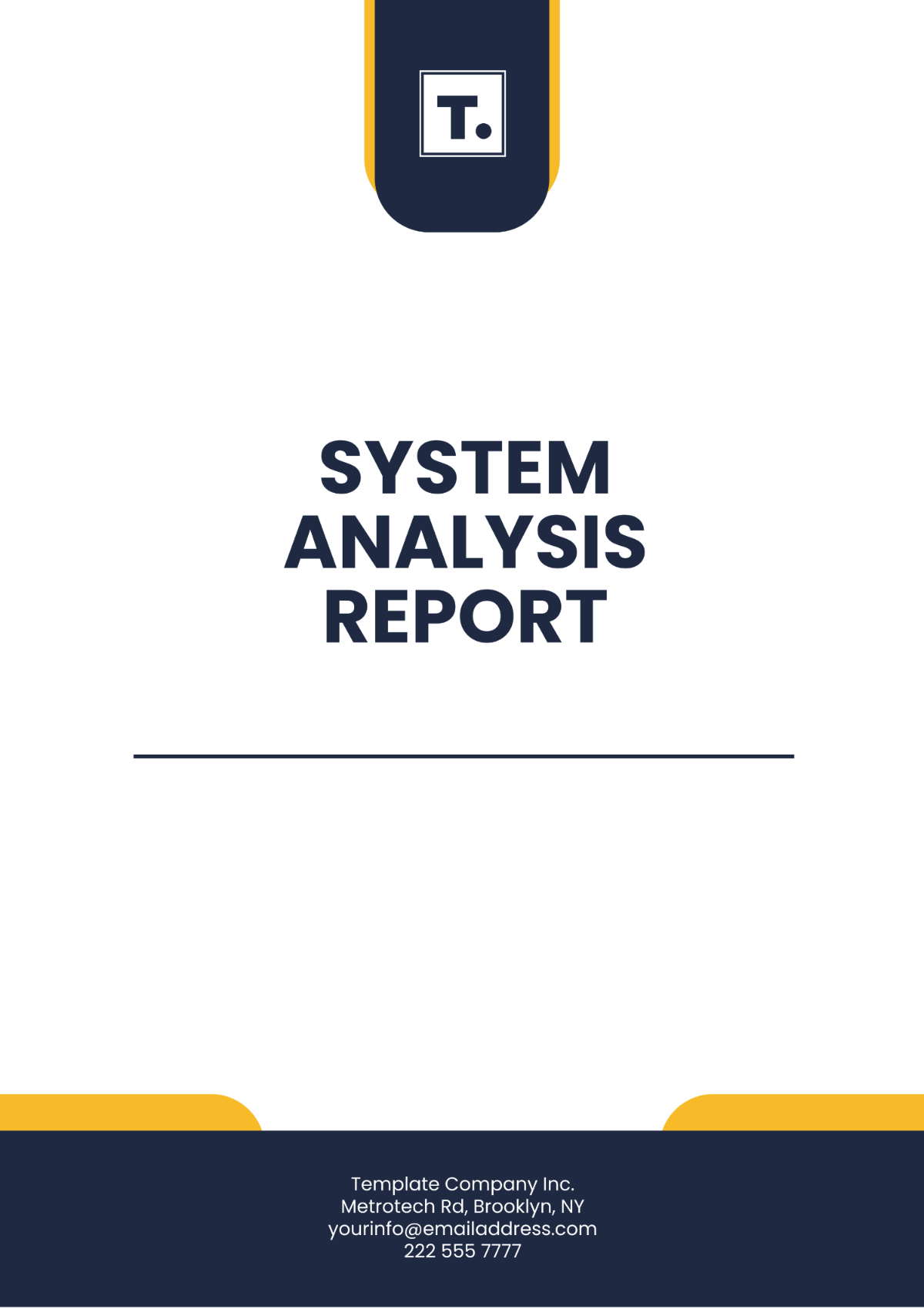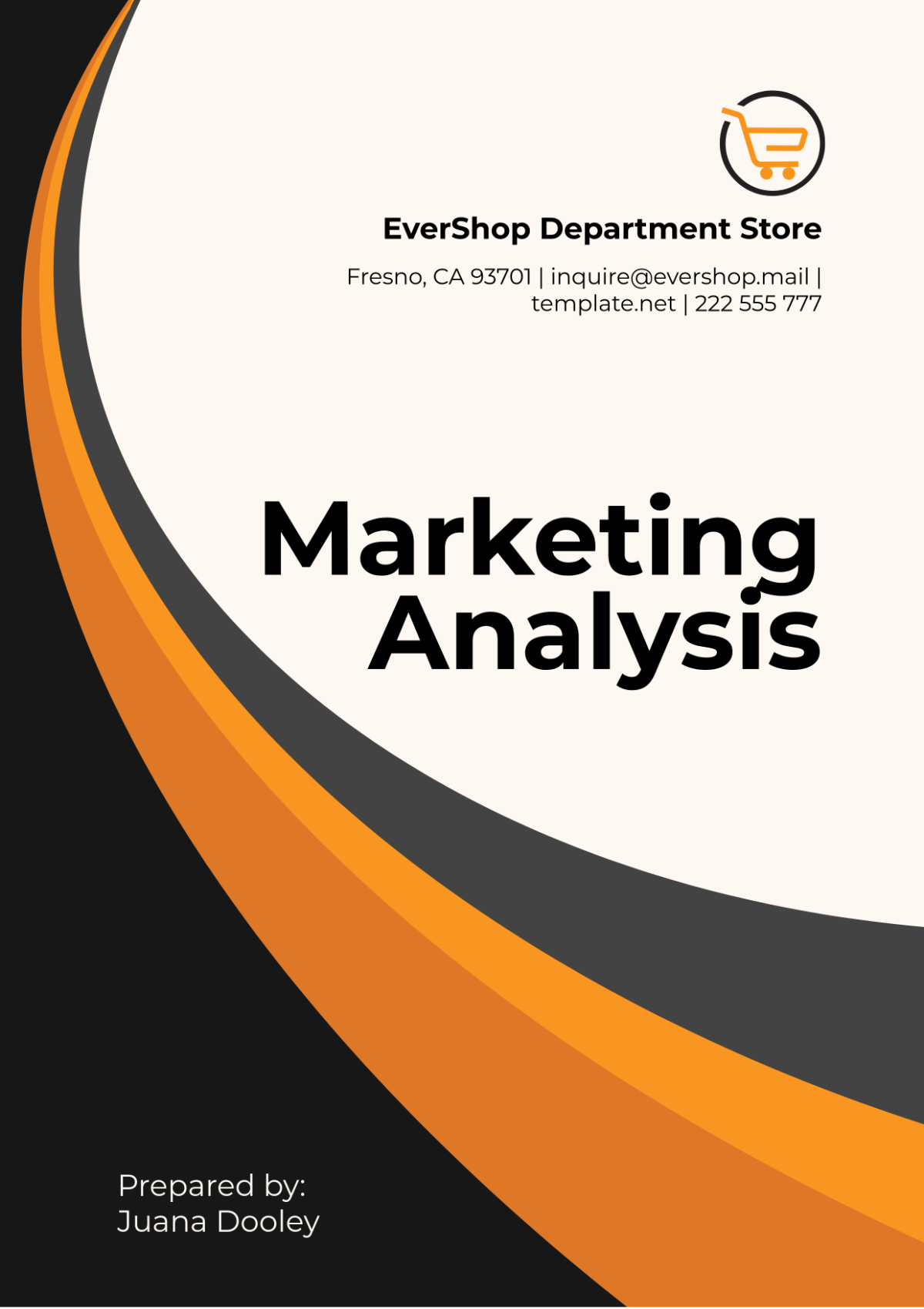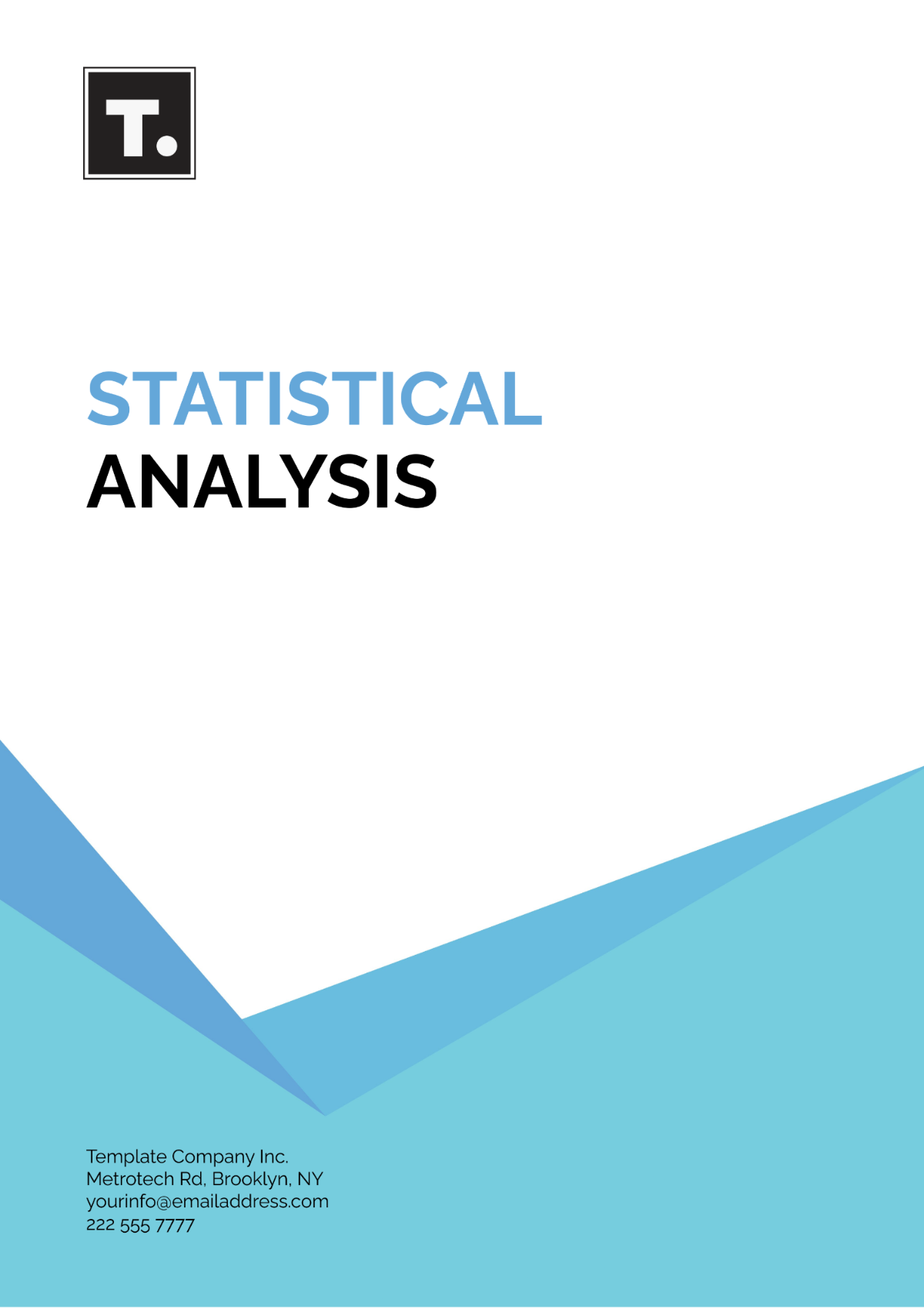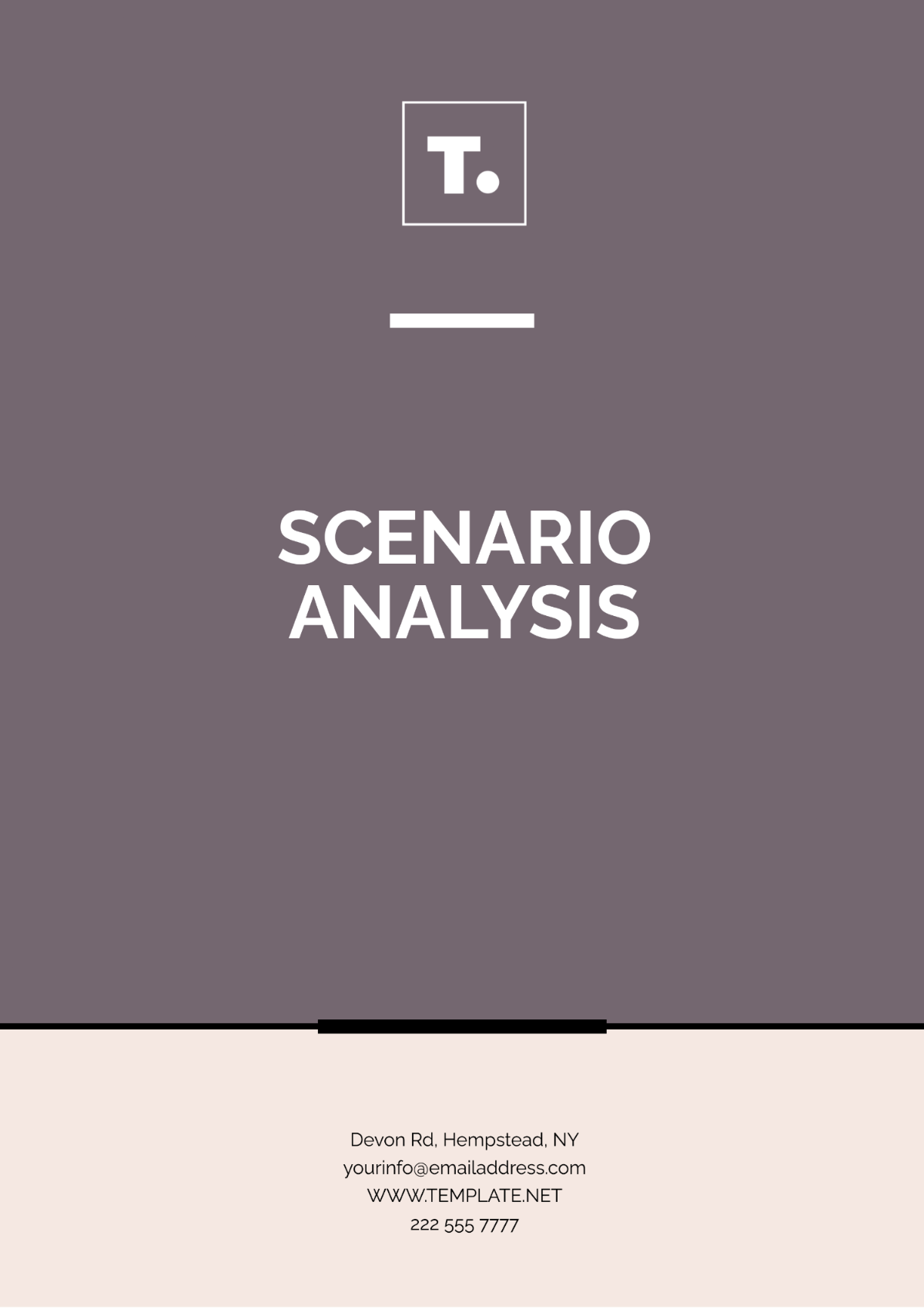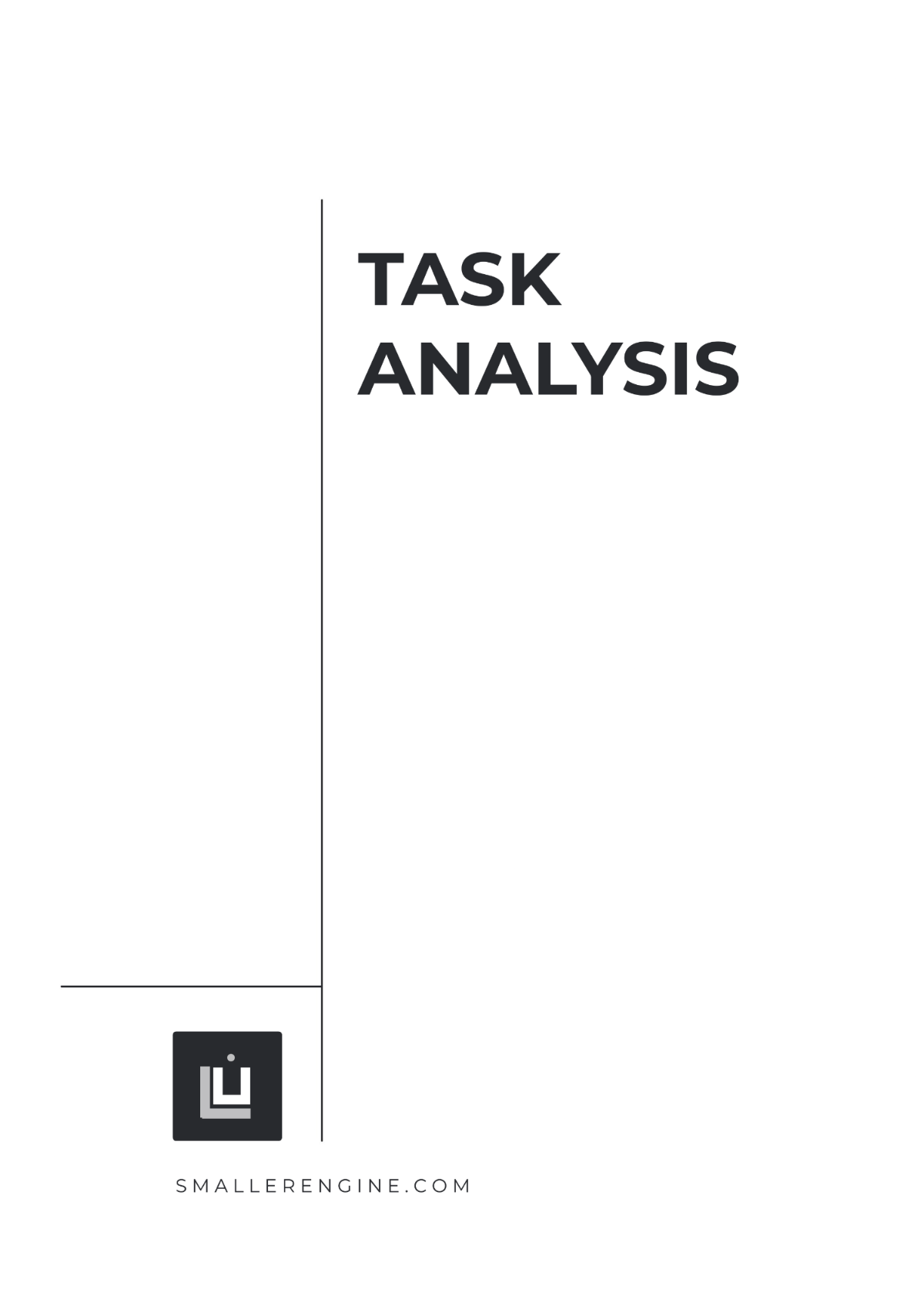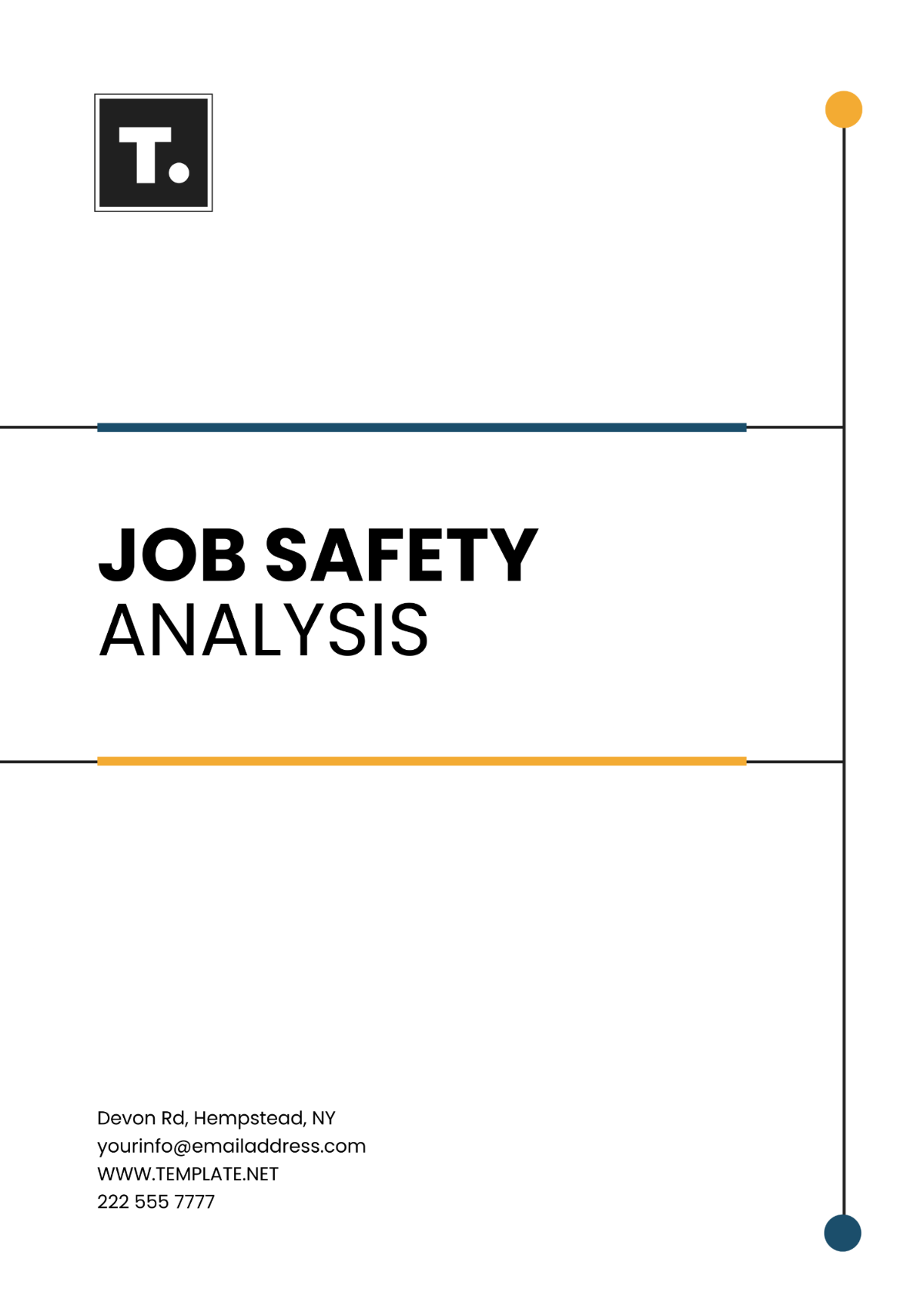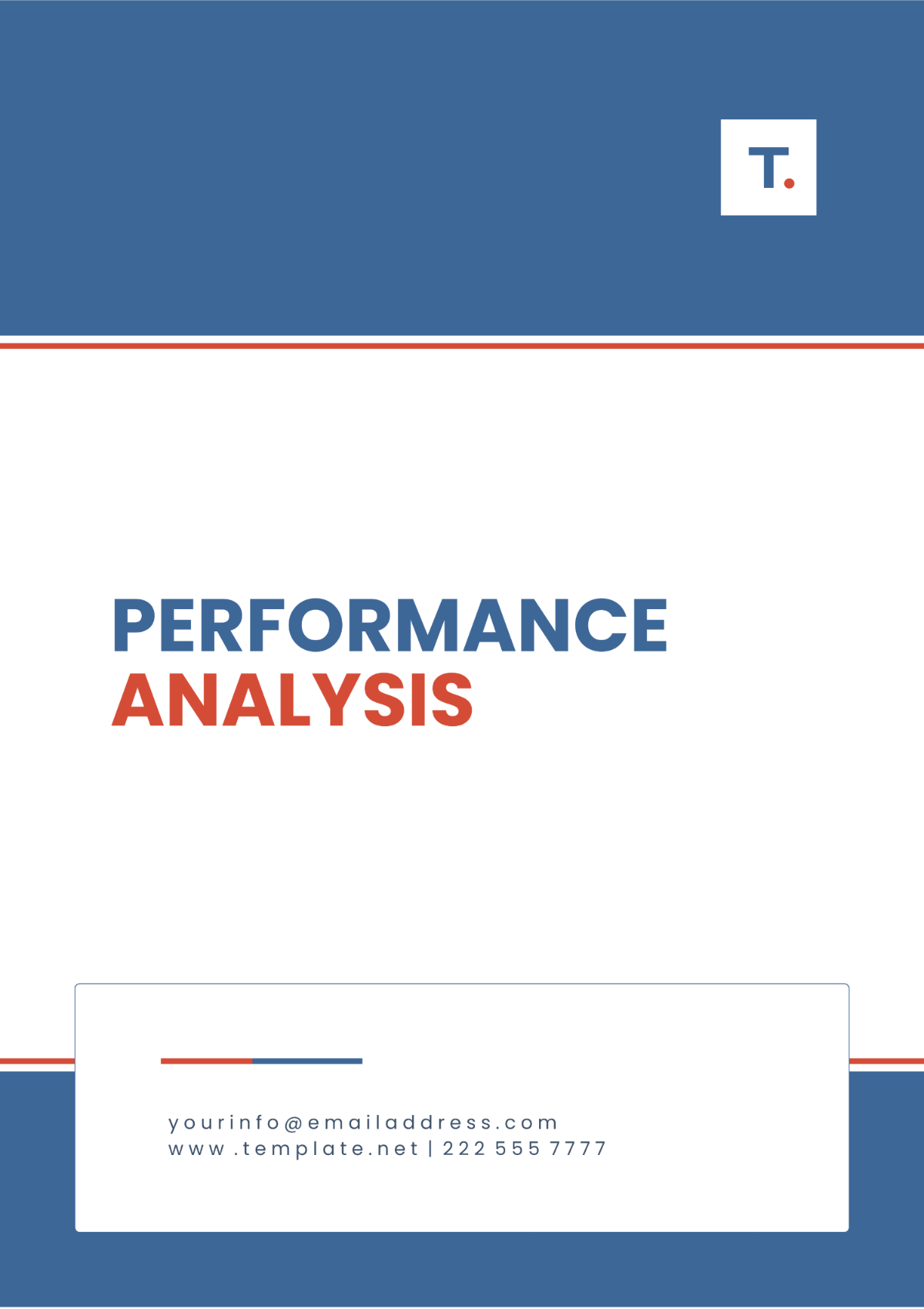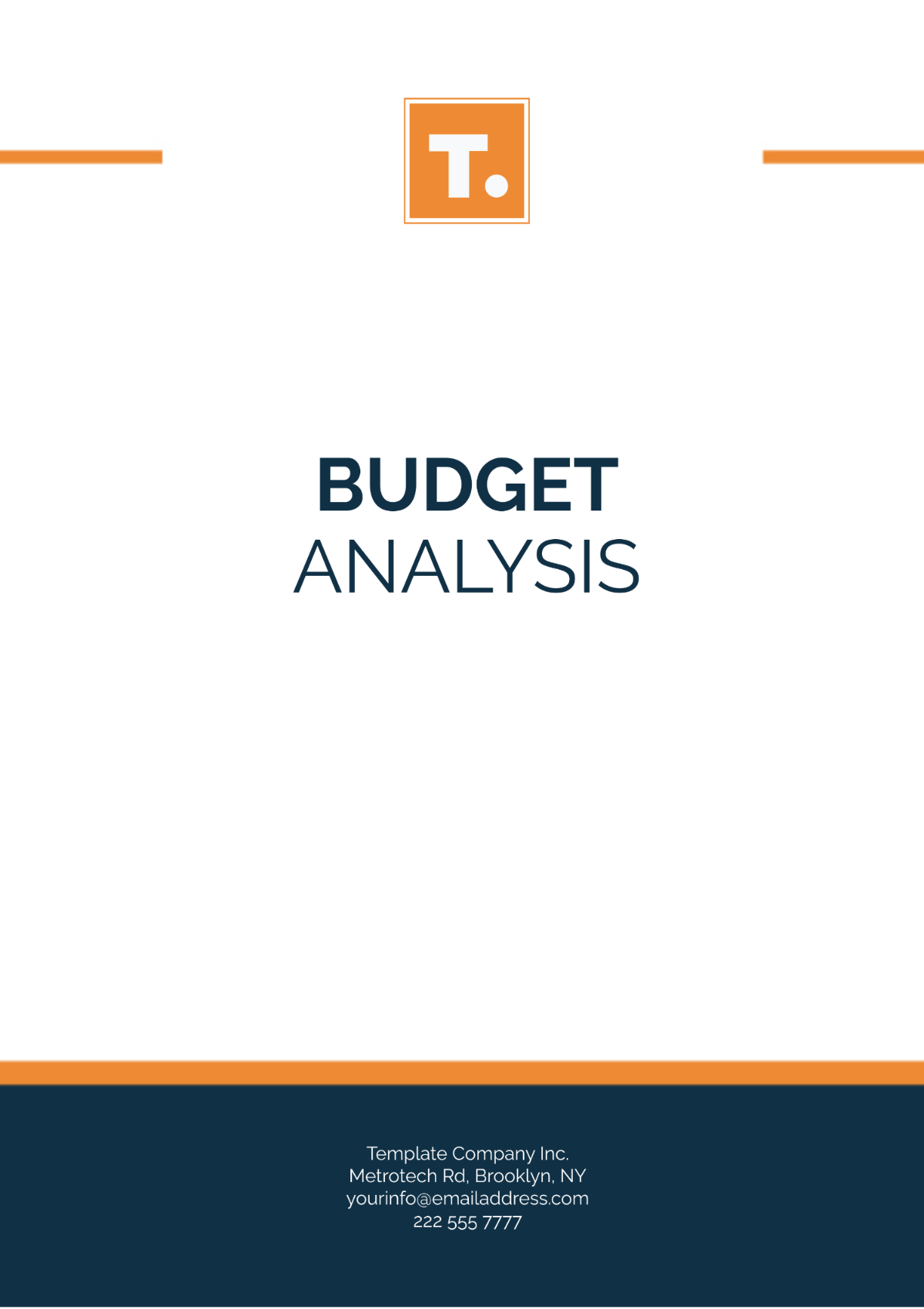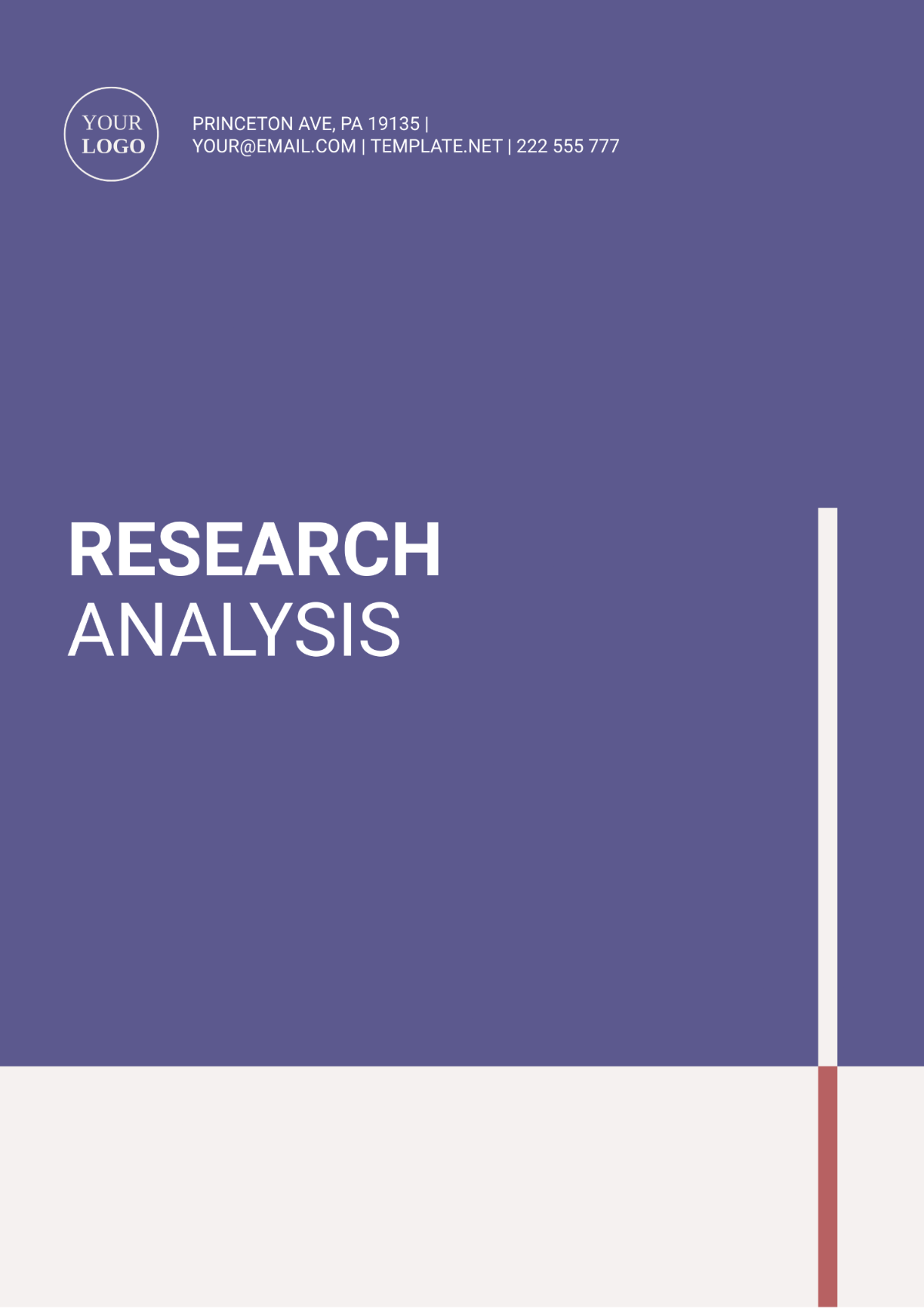Rhetorical Analysis Assignment
Introduction
This analysis is designed to assess the effectiveness of various academic texts, speeches, and essays by critically evaluating their rhetorical elements. Our goal is to identify the strengths and weaknesses of these works, offering a detailed understanding of the factors that contribute to their success or shortcomings in achieving their intended purposes. This comprehensive assessment will provide insights into how well these works communicate their messages and persuade their audiences.
Criteria for Evaluation
1. Clarity and Precision
Definition: Clarity and precision are essential for effective communication. The text should be clear and straightforward, with complex ideas explained in accessible language. Avoidance of unnecessary jargon is crucial unless it is clearly defined and relevant to the audience.
Evaluation: Assess whether the language used is precise and whether the arguments are articulated in a way that is easily comprehensible to the intended audience.
2. Structure and Organization
Definition: A well-organized academic work features a logical structure, including a clear introduction, a coherent body, and a conclusive summary. Effective transitions between sections are important to maintain the flow and coherence of the argument.
Evaluation: Examine the overall structure of the text and determine if the organization supports a logical progression of ideas. Analyze the effectiveness of transitions and whether they aid in sustaining the reader’s interest.
3. Evidence and Support
Definition: Strong academic texts rely on credible evidence to support their arguments. This includes the use of data, well-researched citations, and logical reasoning. Reliable sources and sound evidence are crucial for building credibility.
Evaluation: Evaluate the quality and relevance of the evidence presented. Check if the sources are reputable and if the evidence effectively supports the claims made in the text.
4. Engagement and Persuasion
Definition: Effective communication should engage the audience and, when appropriate, persuade them of the presented arguments. The use of rhetorical devices and emotional appeals can significantly enhance the persuasive power of the work.
Evaluation: Analyze how well the text captures and maintains the audience’s attention. Assess the use of rhetorical strategies and emotional appeals and their effectiveness in persuading the audience of the author’s viewpoint.
Assessment of Texts
Aspect | Strengths | Weaknesses |
|---|---|---|
Clarity and Precision |
|
|
Structure and Organization |
|
|
Evidence and Support |
|
|
Engagement and Persuasion |
|
|
Assessment of Speeches
Aspect | Strengths | Weaknesses |
|---|---|---|
Clarity and Precision |
|
|
Structure and Organization |
|
|
Evidence and Support |
|
|
Engagement and Persuasion |
|
|
Assessment of Essays
Aspect | Strengths | Weaknesses |
|---|---|---|
Clarity and Precision |
|
|
Structure and Organization |
|
|
Evidence and Support |
|
|
Engagement and Persuasion |
|
|
Discussion
This section integrates the findings from the evaluations of academic texts, speeches, and essays.
Common Strengths
Across all types of academic works, several strengths were identified:
Clarity and straightforwardness in language and presentation
Logical structuring of content contributing to overall coherence
Effective use of evidence and support to bolster arguments
Engagement with an audience through rhetorical strategies
Common Weaknesses
However, some recurring weaknesses were also observed:
Occasional over-reliance on jargon or complex language
Some sections lack smooth transitions between points
Inadequate evidence support for certain claims
Inconsistent use of emotional and logical appeal
Conclusion
In summary, this analysis highlighted both effective practices and areas for improvement in academic texts, speeches, and essays. By focusing on clarity, structure, evidence, and audience engagement, academic works can better achieve their objectives and convey their messages more powerfully.





